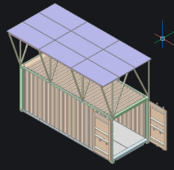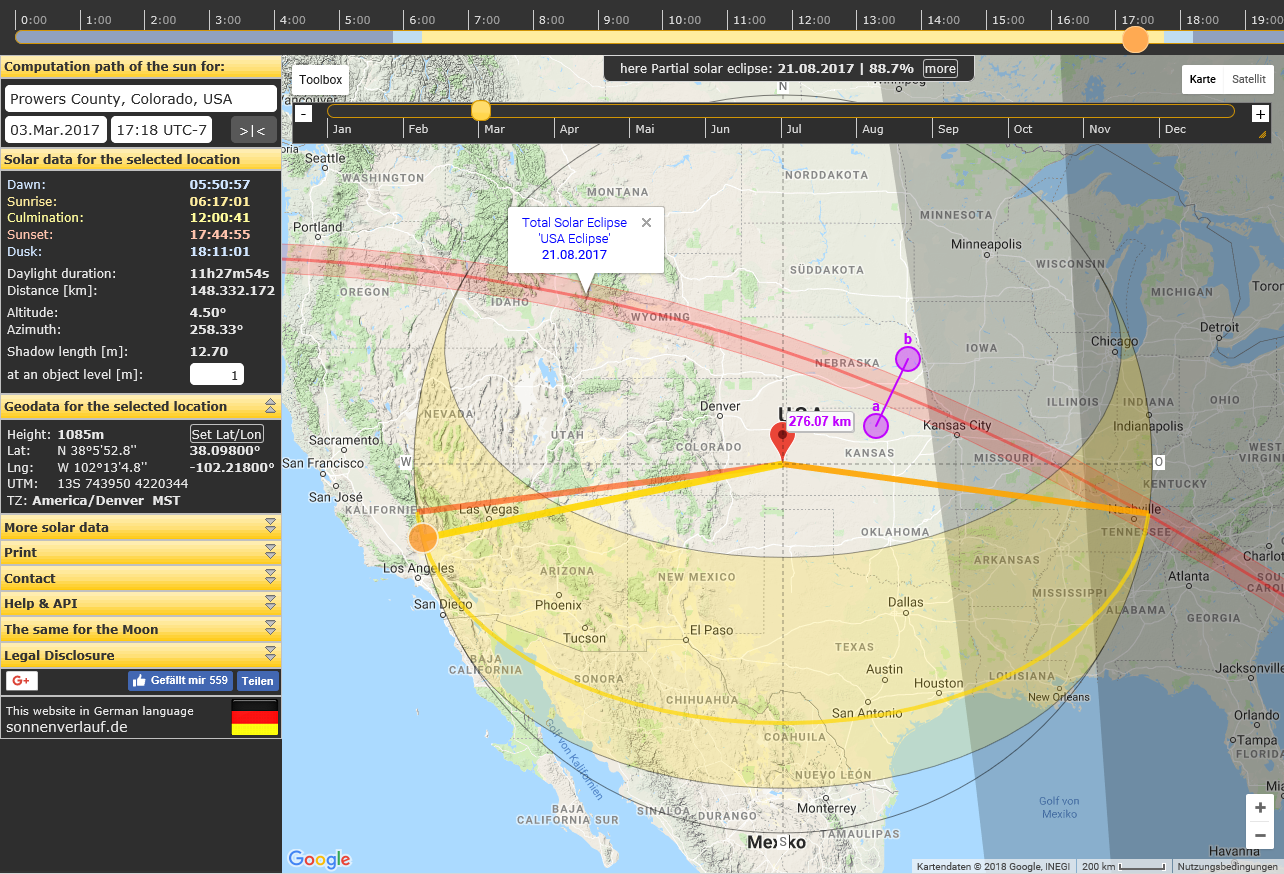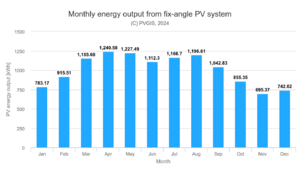IslandBill
New Member
Given: two 20' shipping containers outside my warehouse, the tops of which will get a welded steel scaffolding for solar panels. That scaffolding will be a minimum of 7' tall to raise the panels above the container tops to avoid shading from the warehouse to their south. The tops of the containers tops will get a white elastomeric polymer coating to avoid rust when rain water collects atop them.

Intent: 6000 XP inverter, nominal 8kw bifacial panels (4kW + 4kW), 15'- 18' above the ground, DIY 15kWh battery.
The ground around the containers is tan dirt and tan dead grass in summer due to no rain at 16 latitude in the Caribbean. The panels will be mounted at a 1 degree angle to shed rain water since 0 degrees is recommended for my location by https://re.jrc.ec.europa.eu/pvg_tools/en/#PVP
Bifacial panels are touted to provide from 5% to 30% increase over the nominal rating. Where do you suspect my set up will fall; The low or high end? Don't want summer conditions to exceed the inverter's specs.

Intent: 6000 XP inverter, nominal 8kw bifacial panels (4kW + 4kW), 15'- 18' above the ground, DIY 15kWh battery.
The ground around the containers is tan dirt and tan dead grass in summer due to no rain at 16 latitude in the Caribbean. The panels will be mounted at a 1 degree angle to shed rain water since 0 degrees is recommended for my location by https://re.jrc.ec.europa.eu/pvg_tools/en/#PVP
Bifacial panels are touted to provide from 5% to 30% increase over the nominal rating. Where do you suspect my set up will fall; The low or high end? Don't want summer conditions to exceed the inverter's specs.




